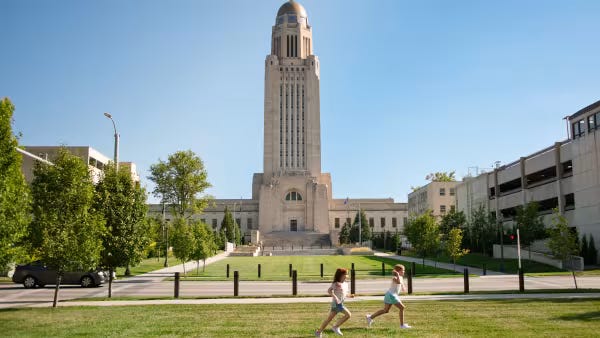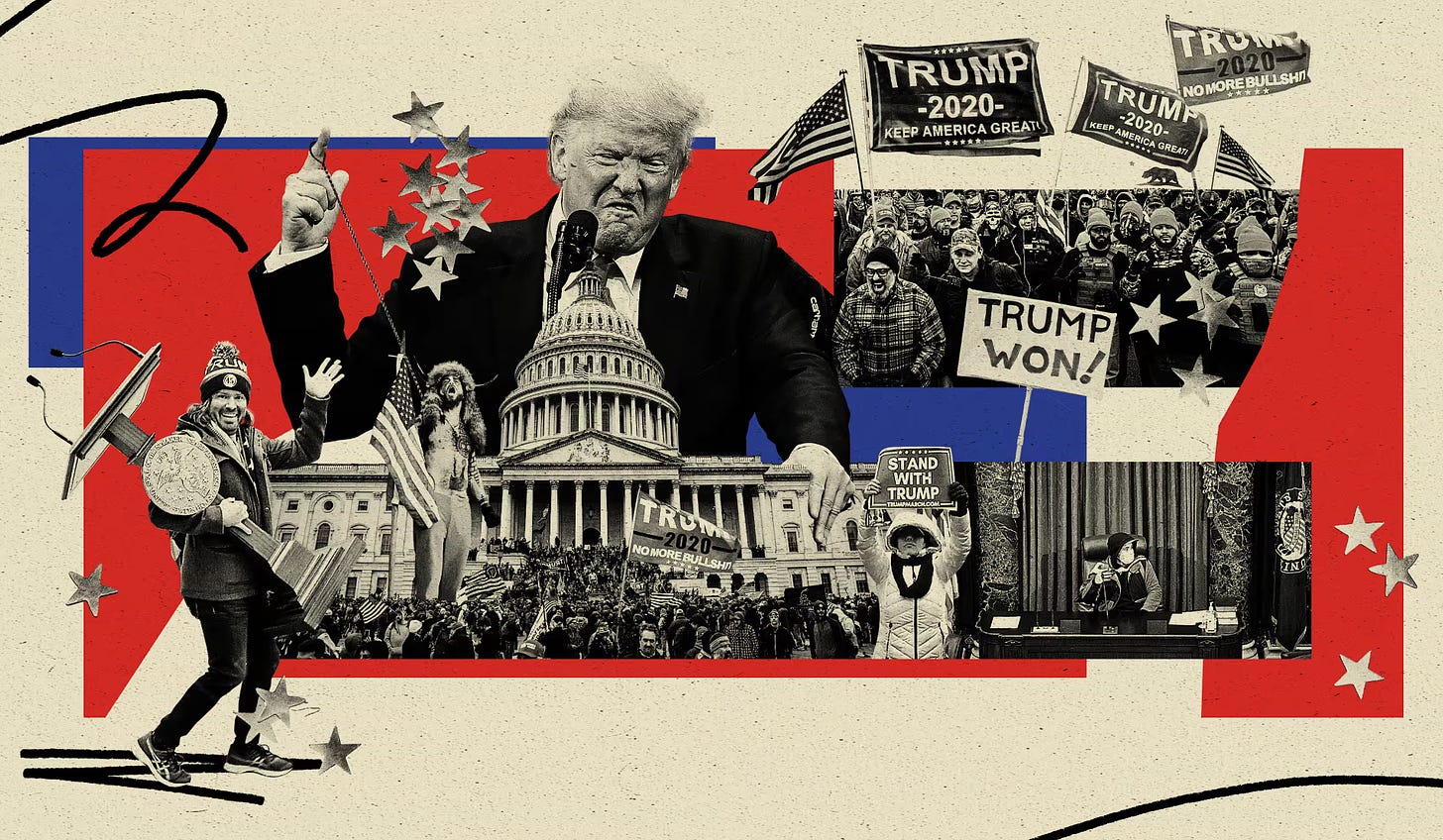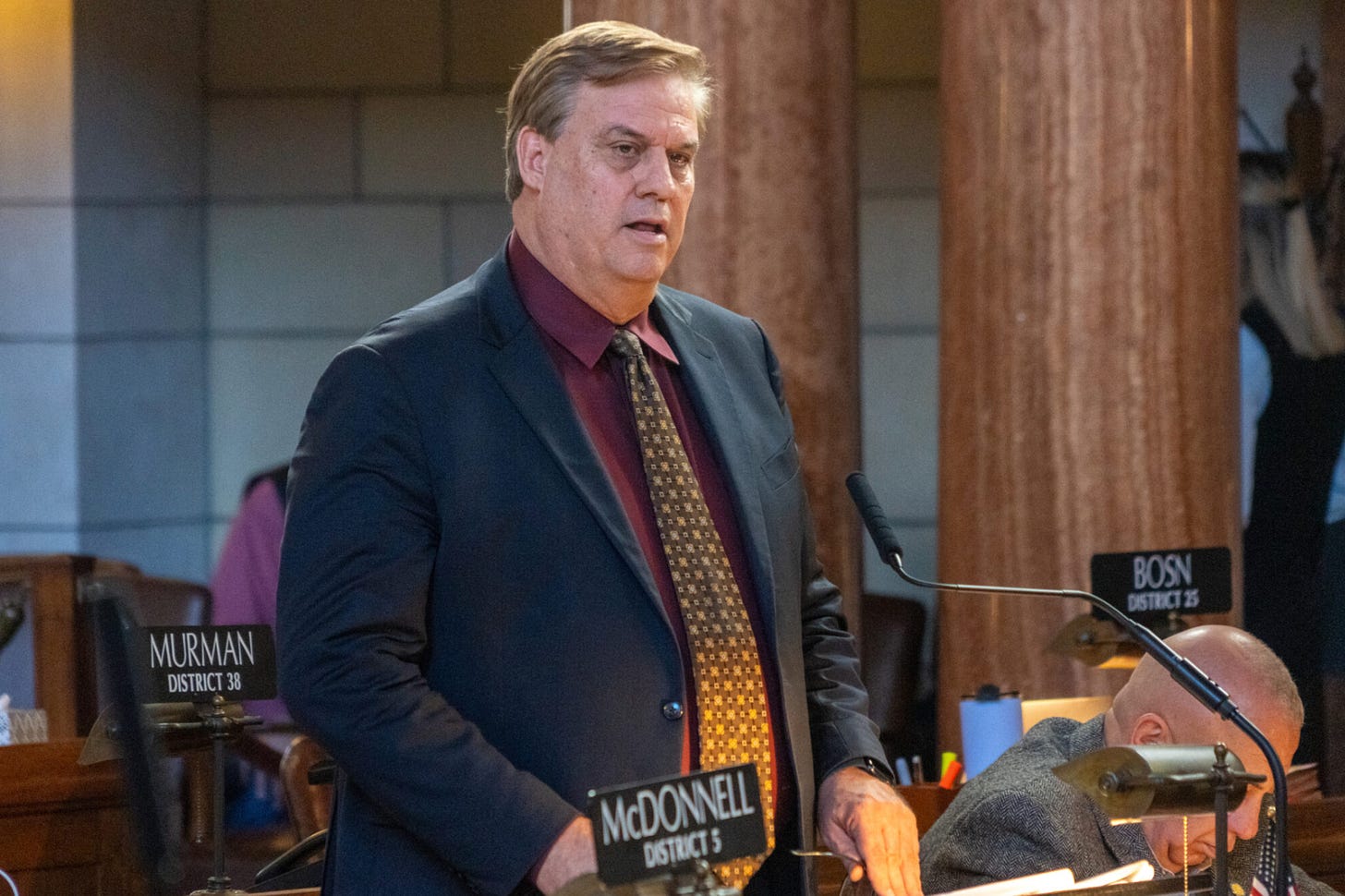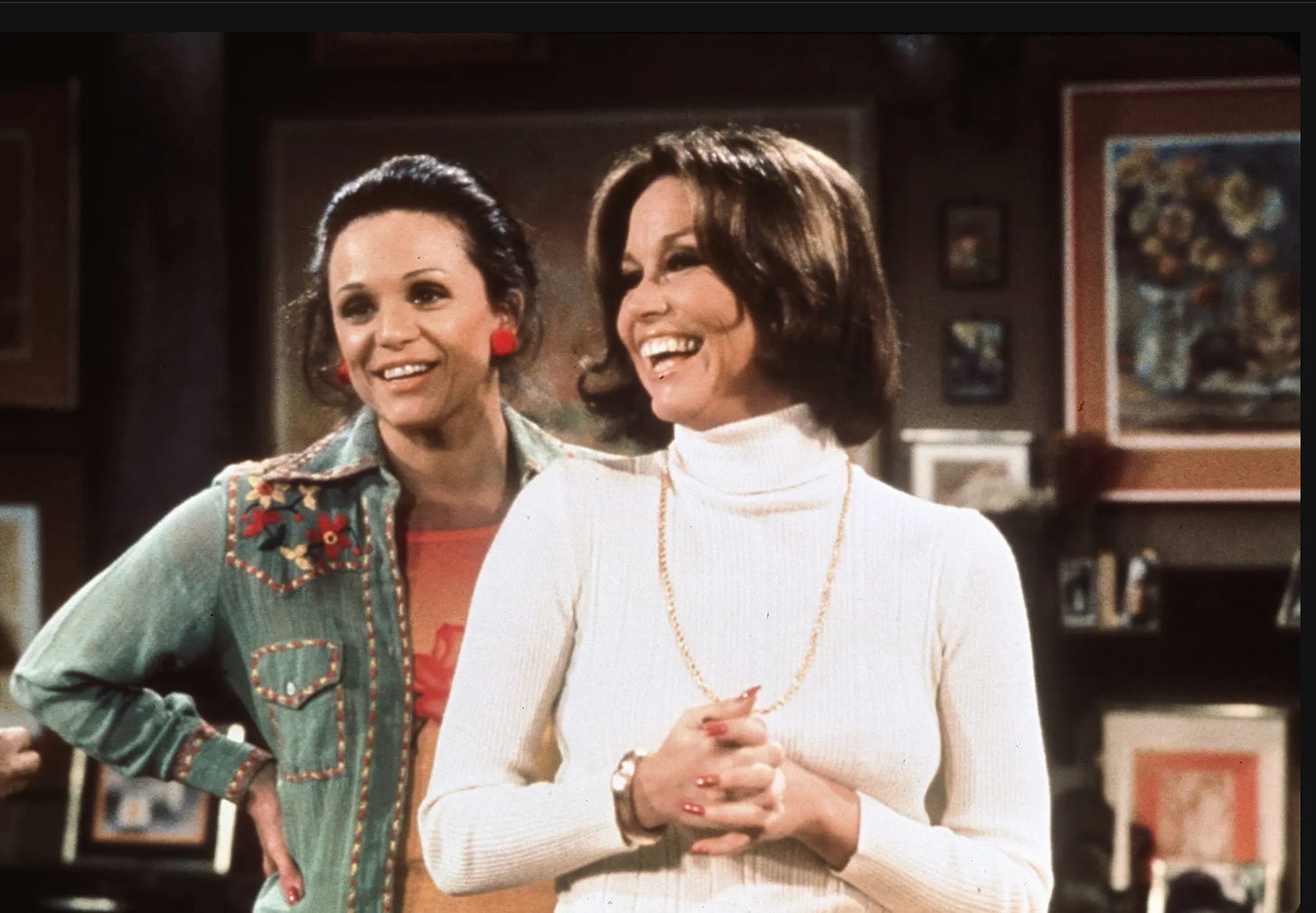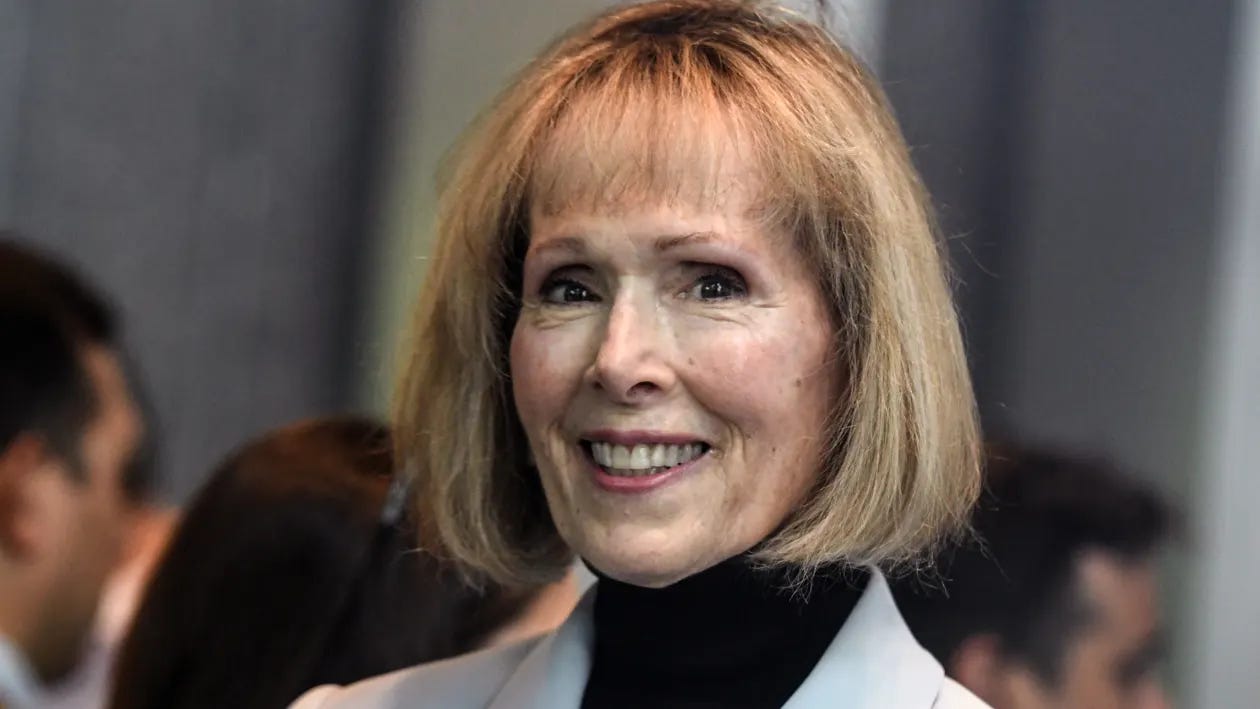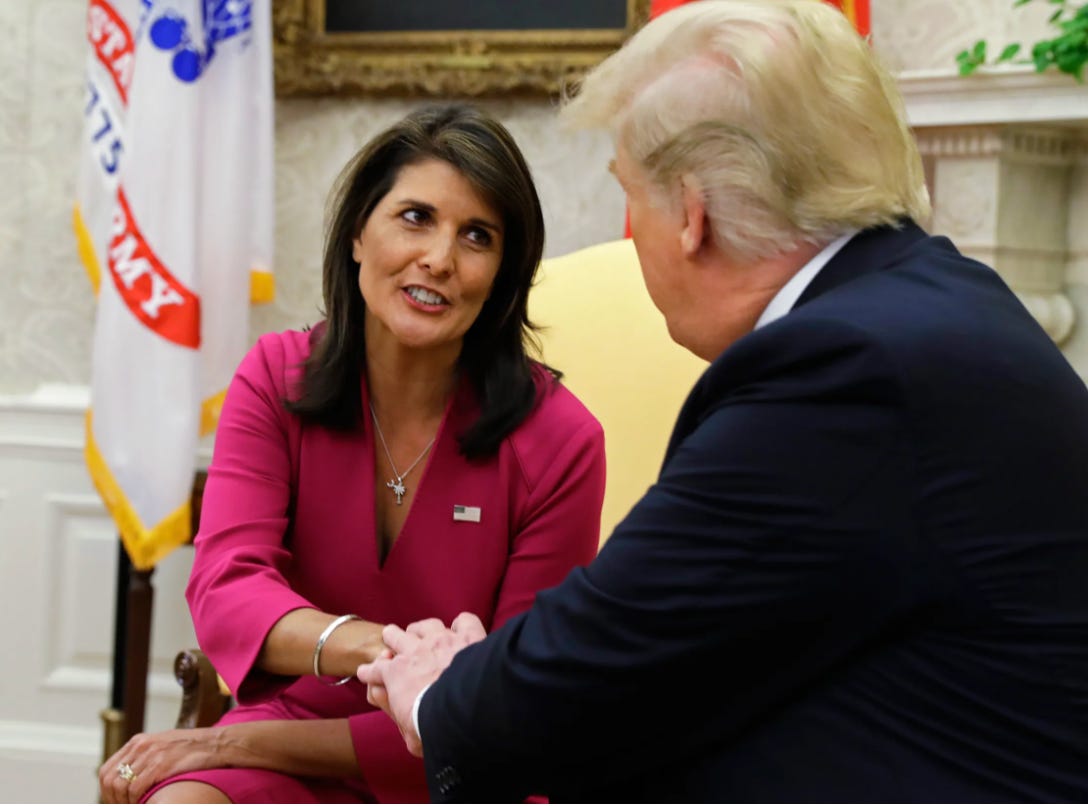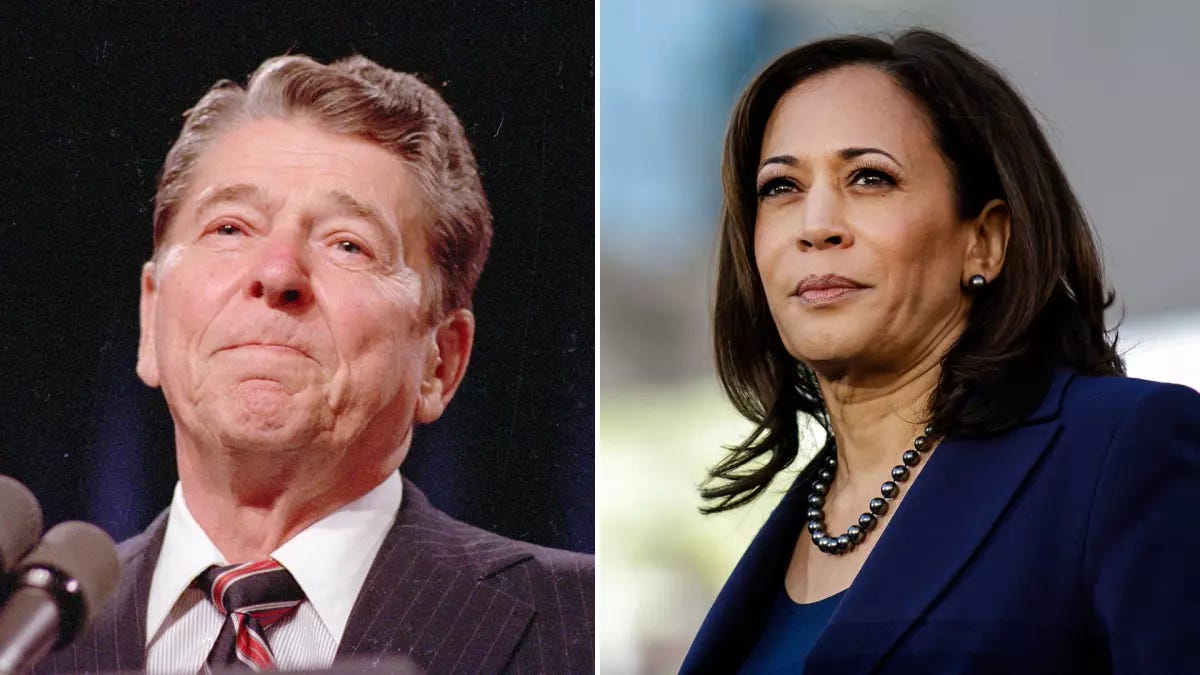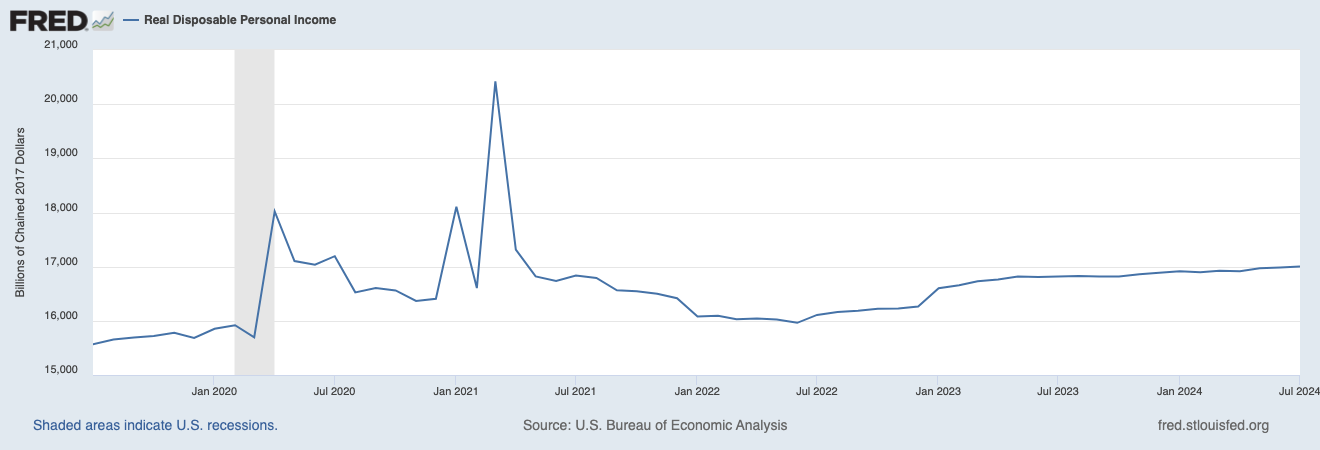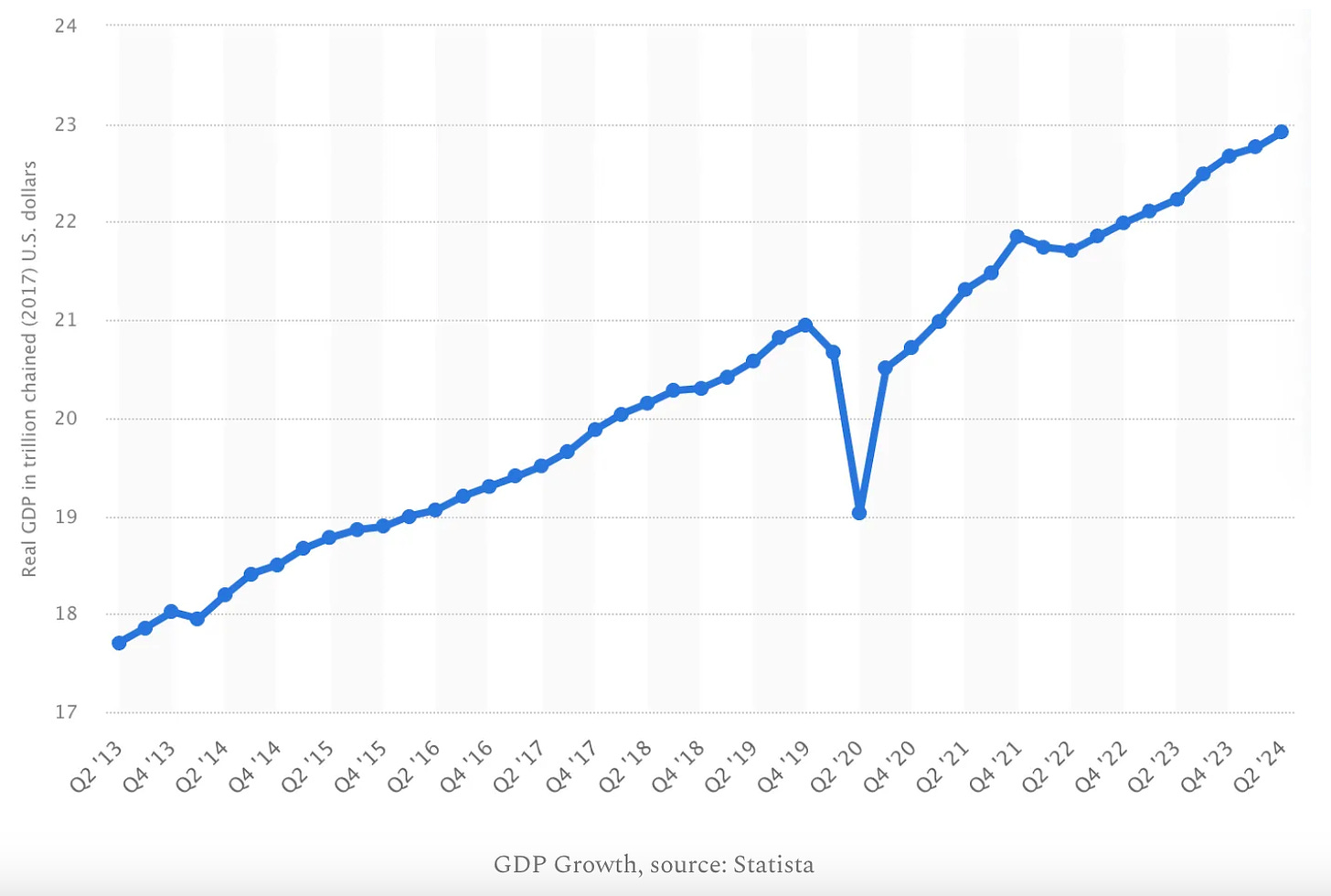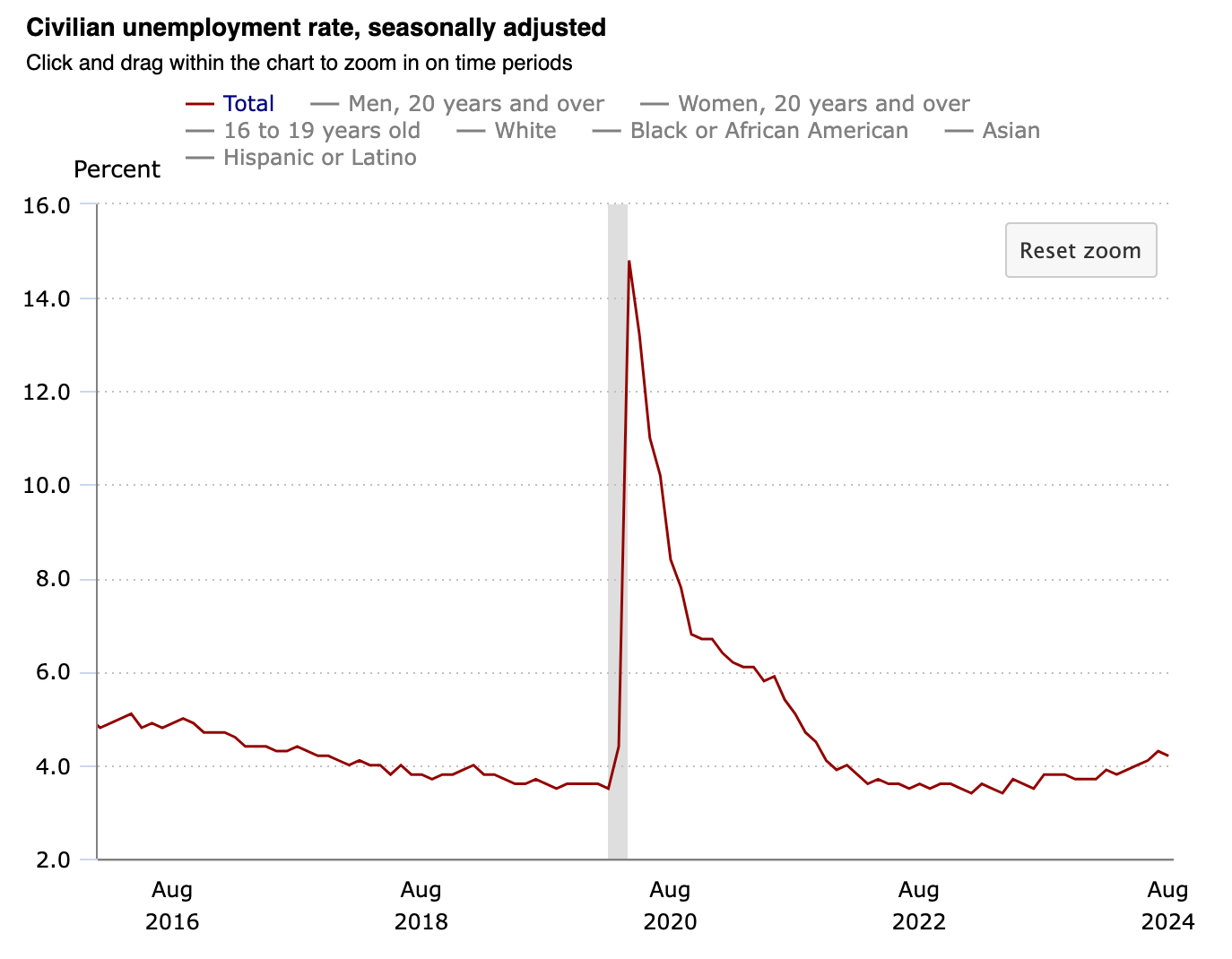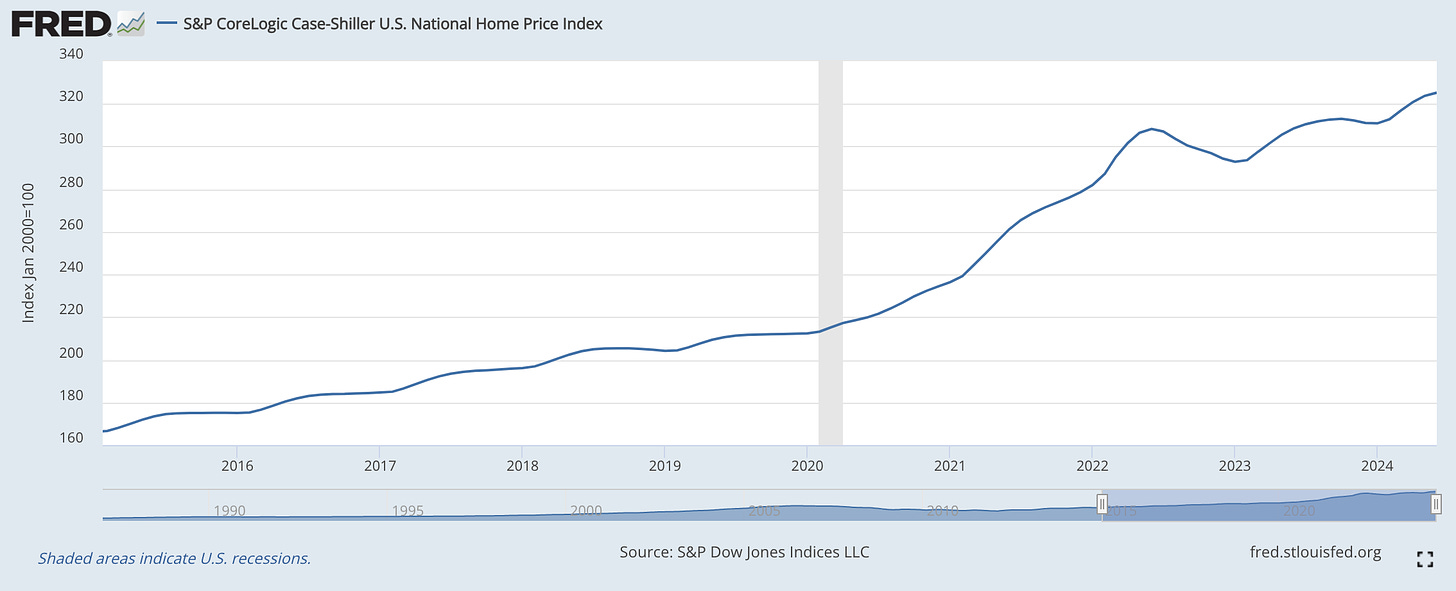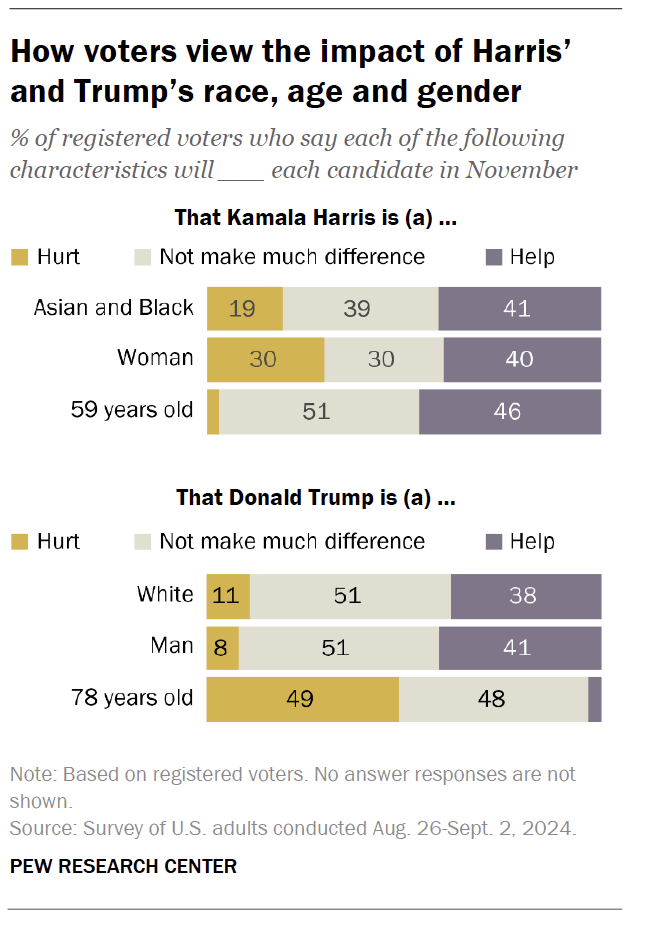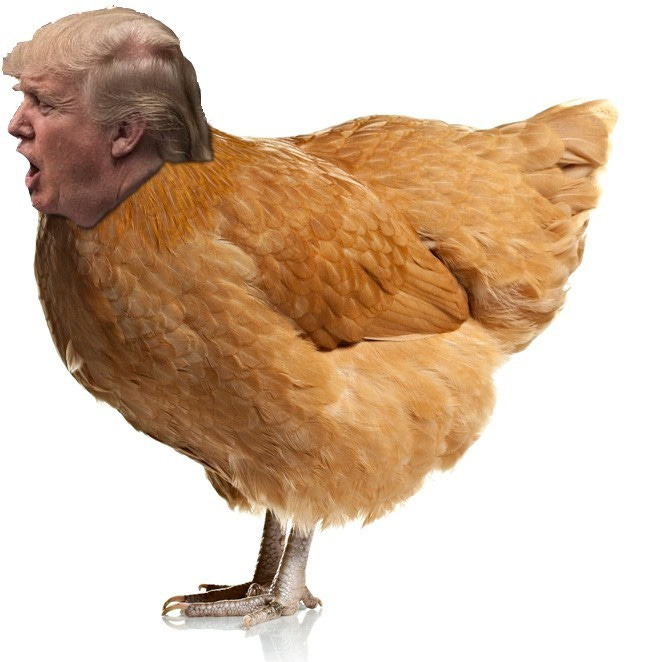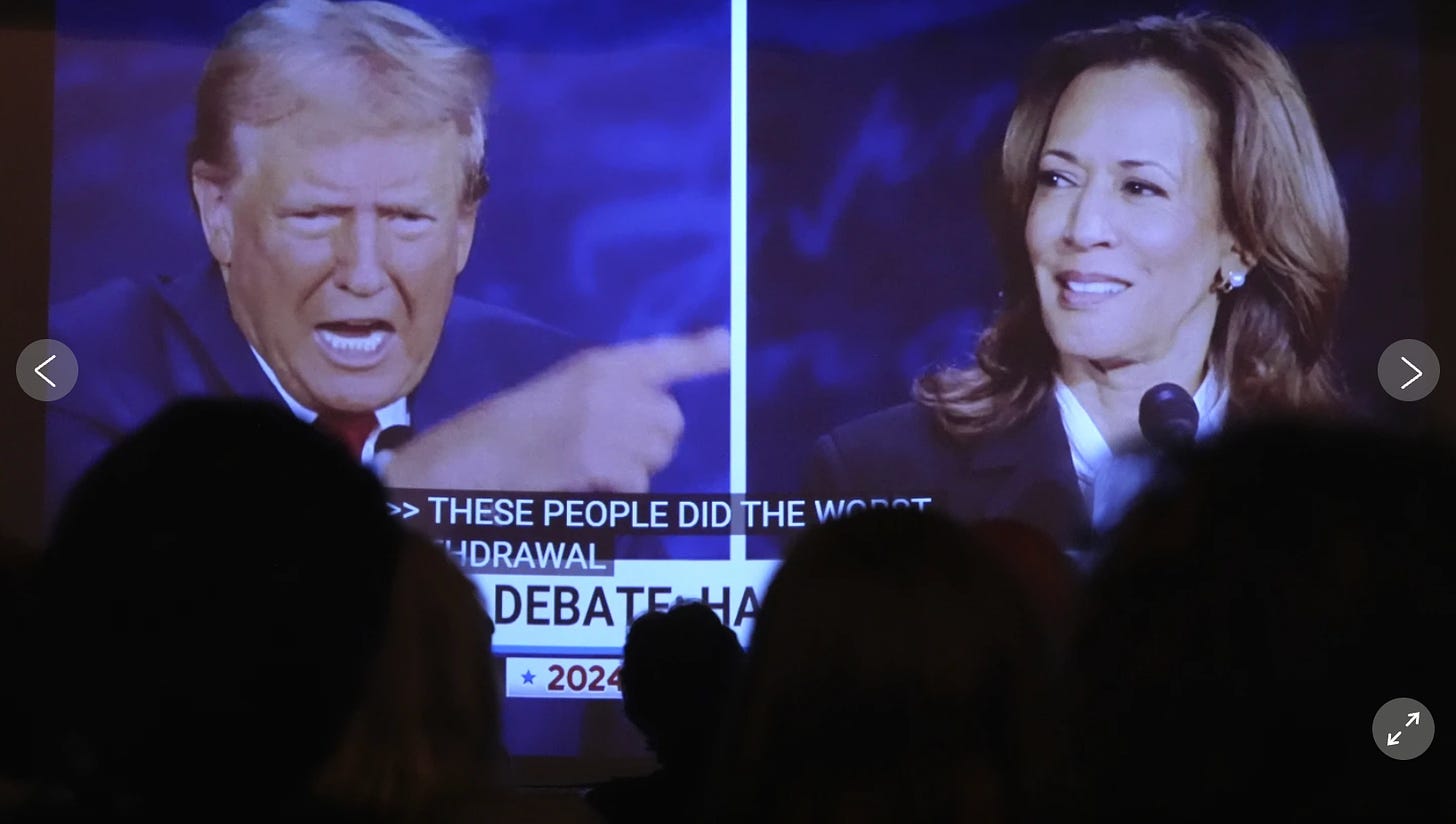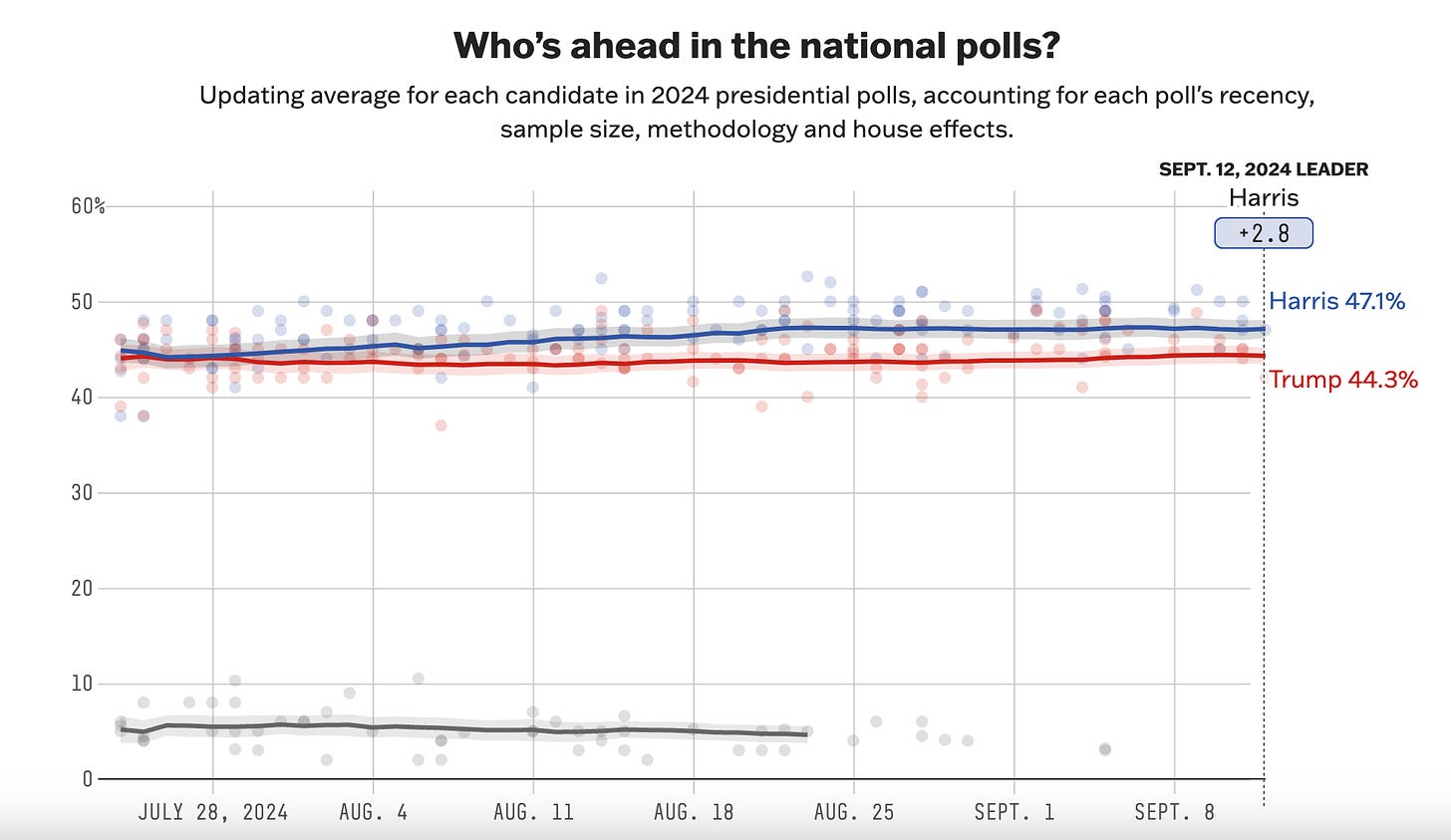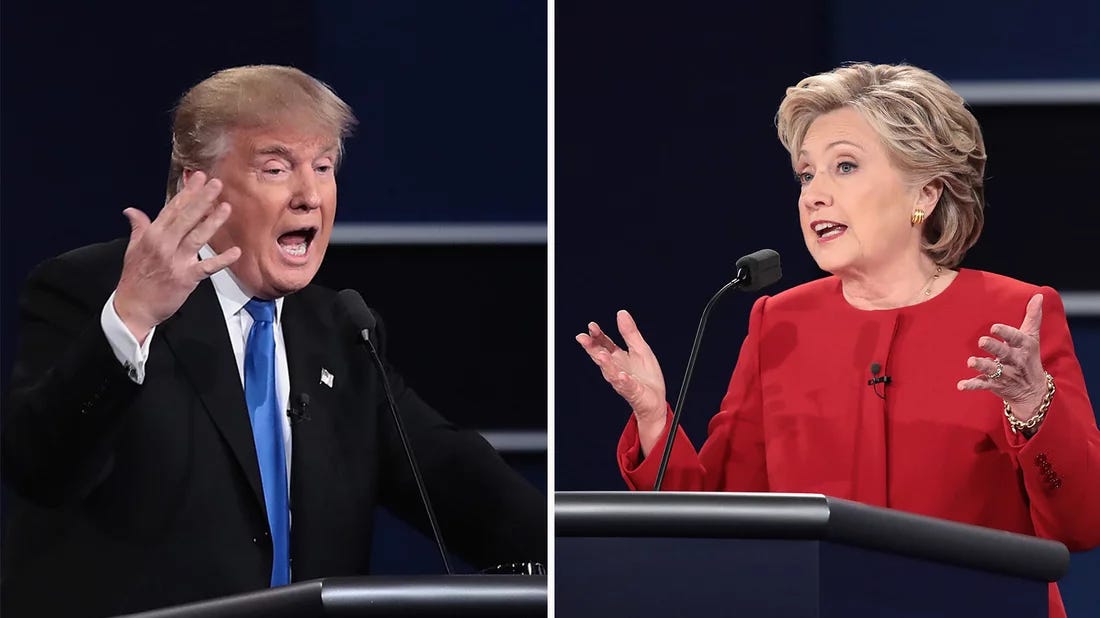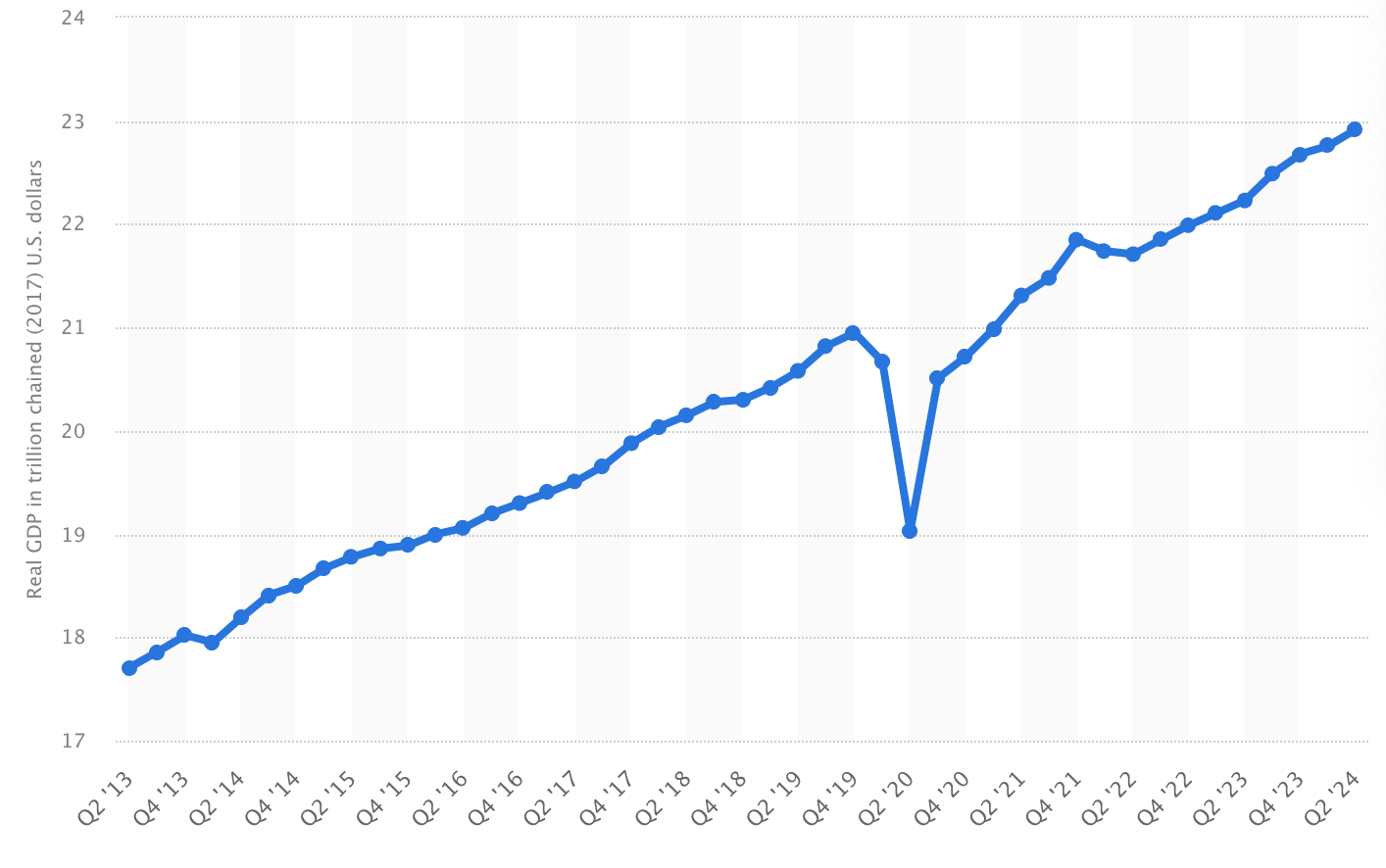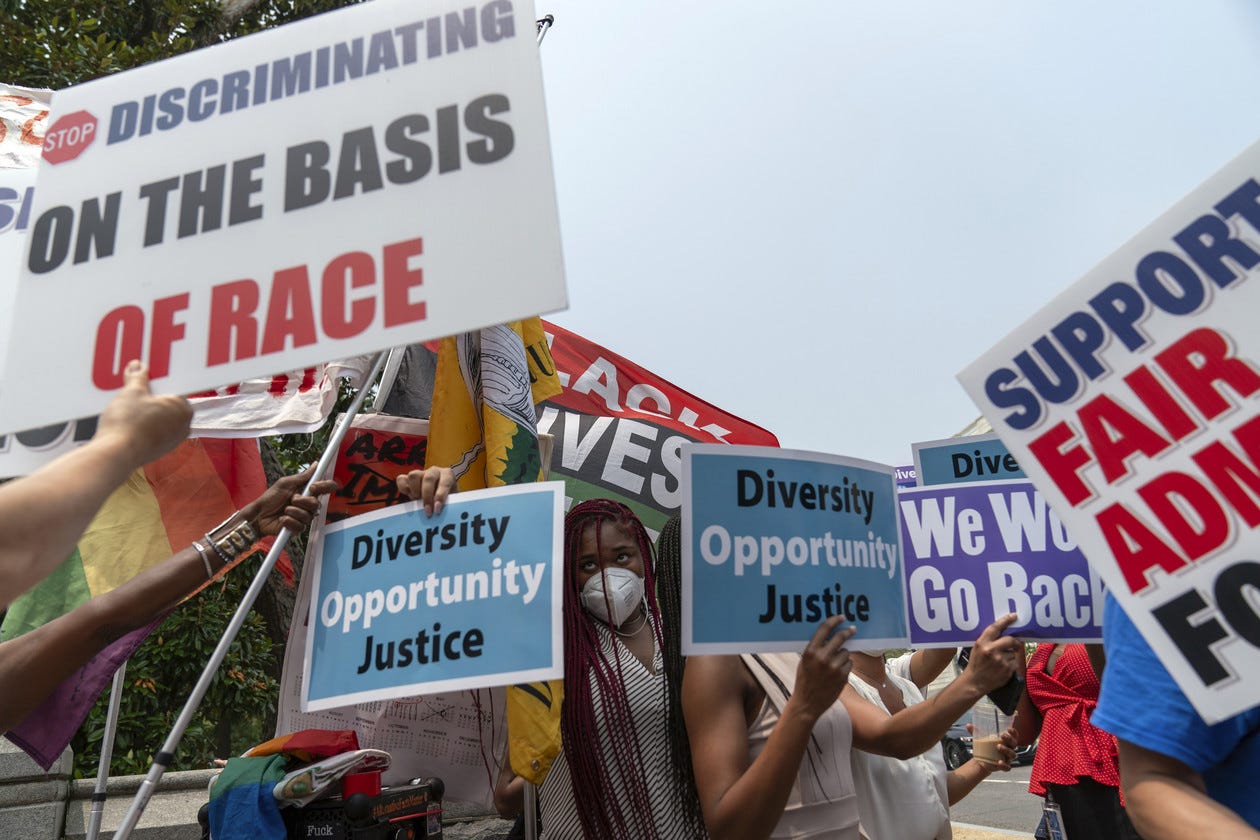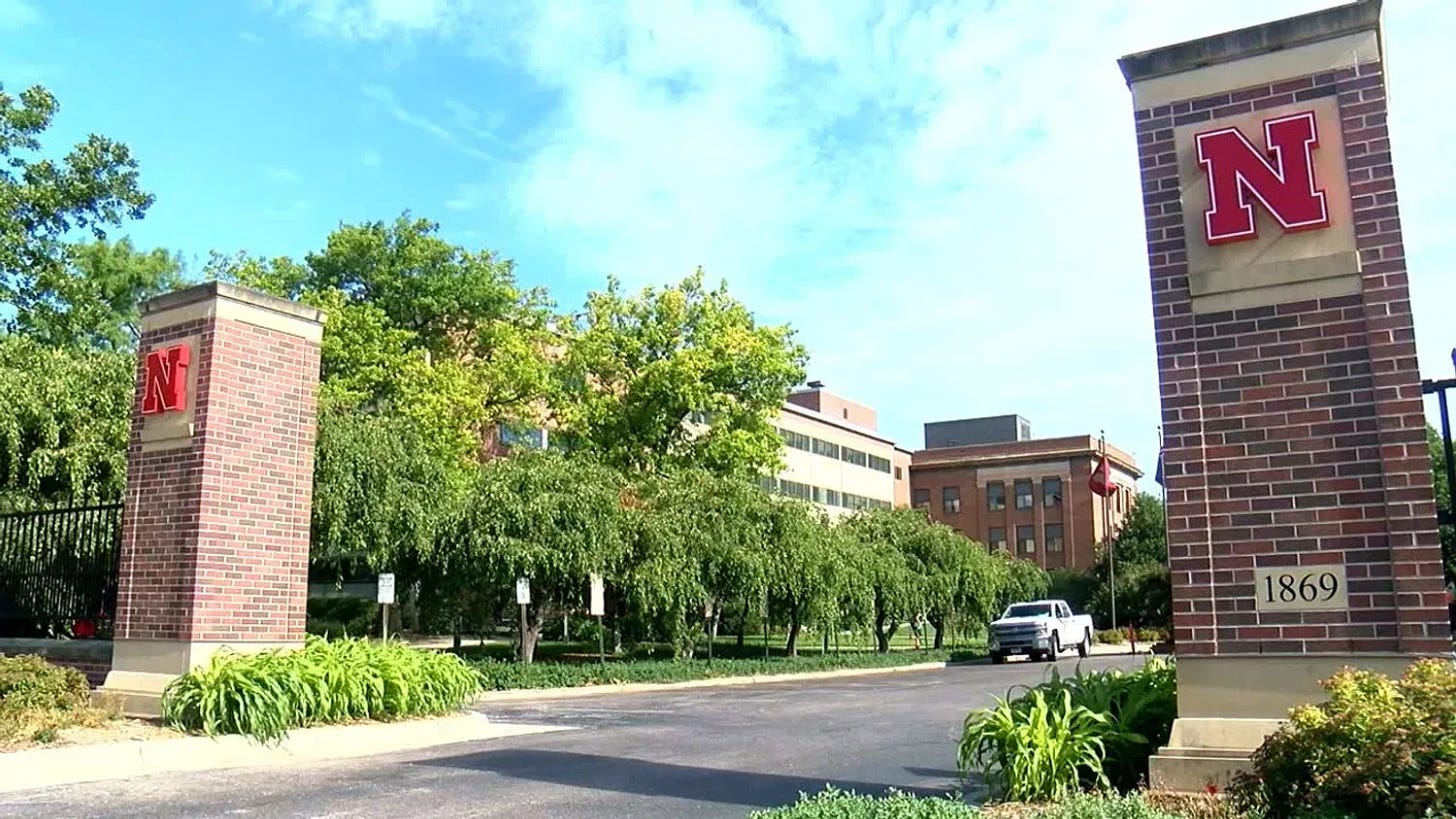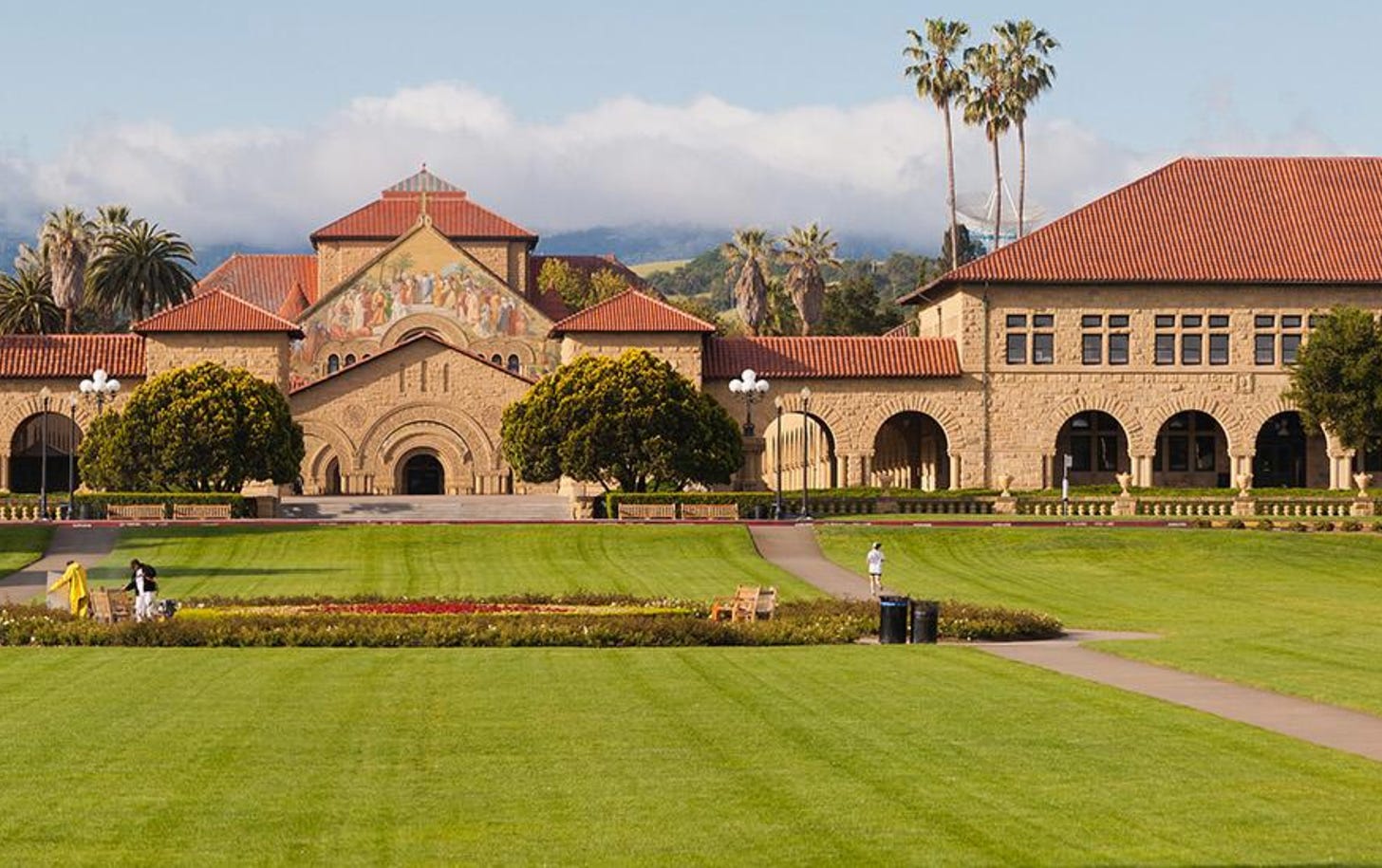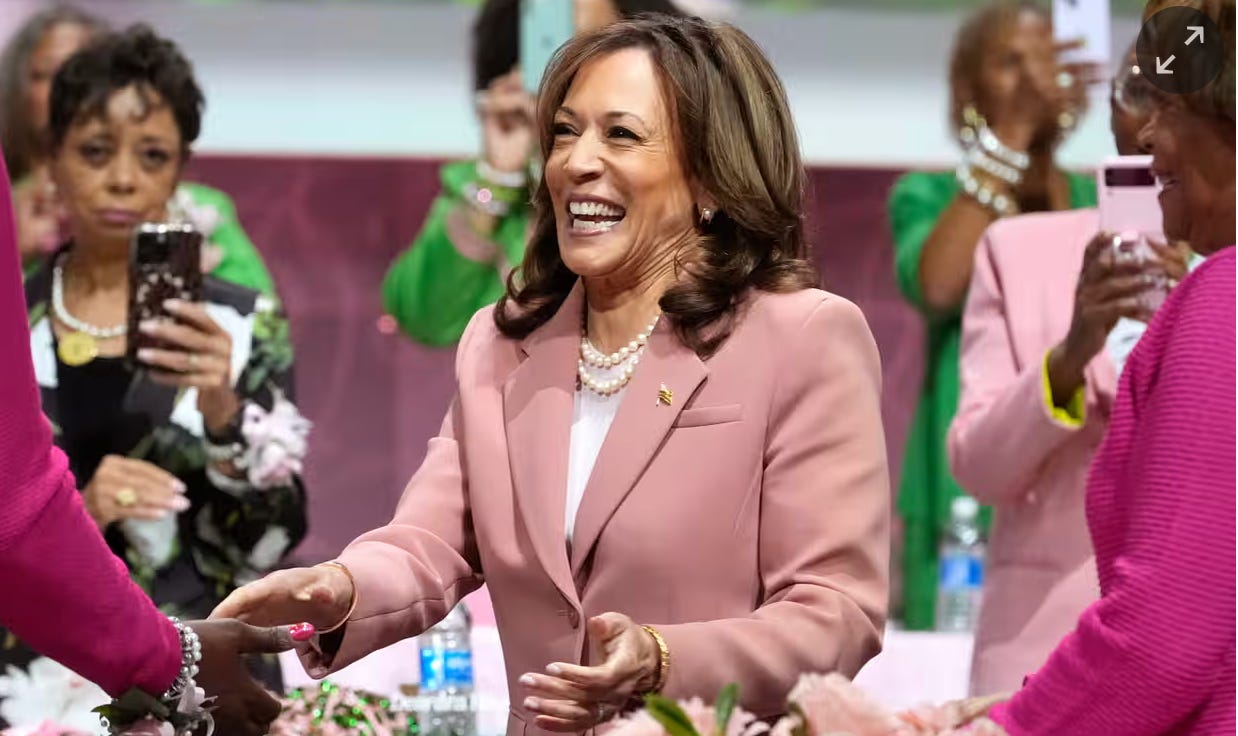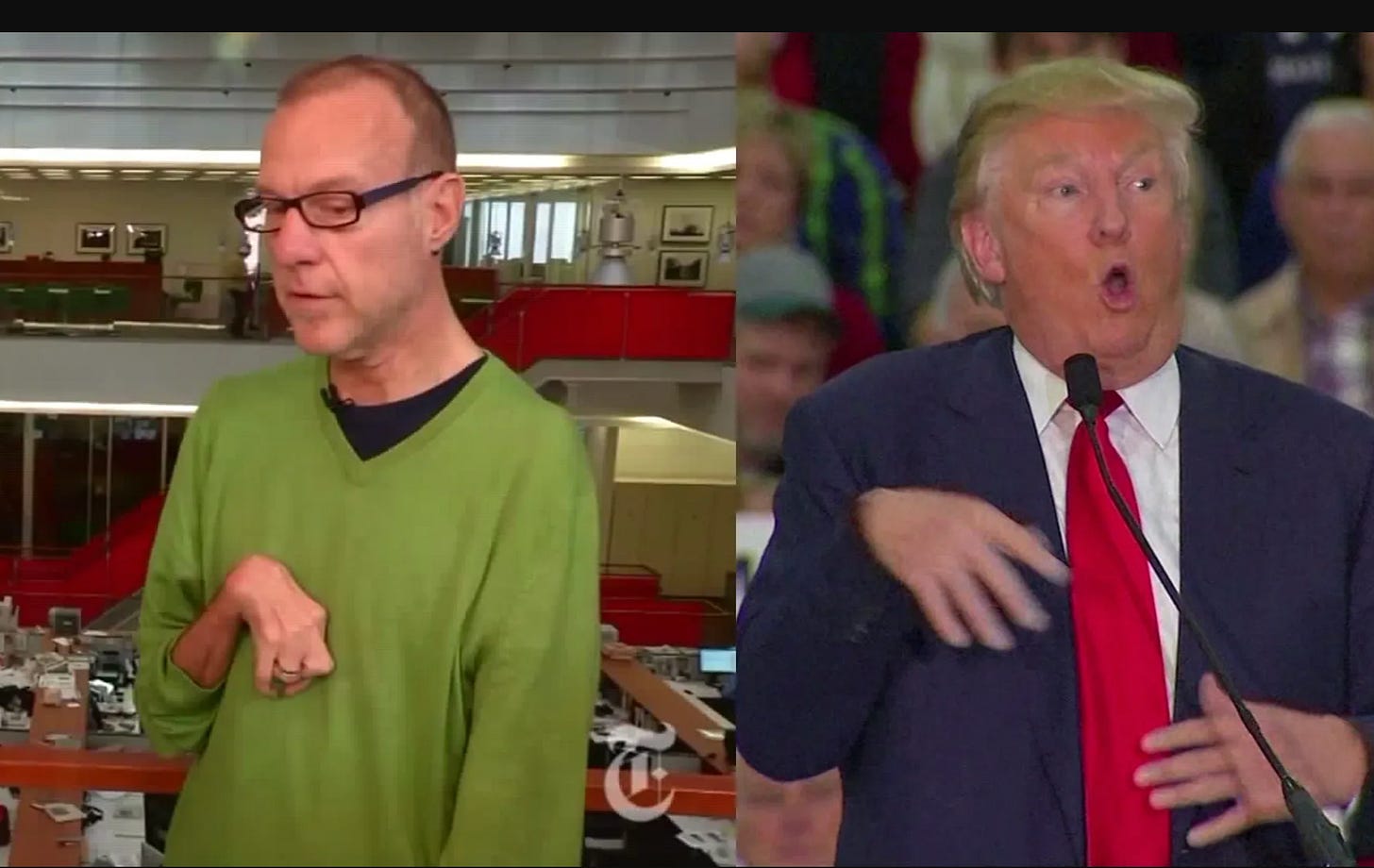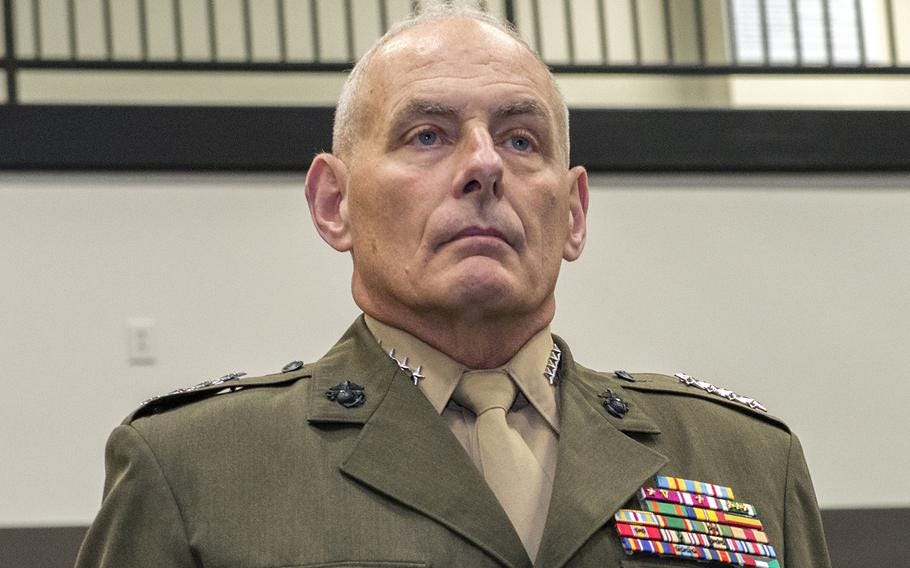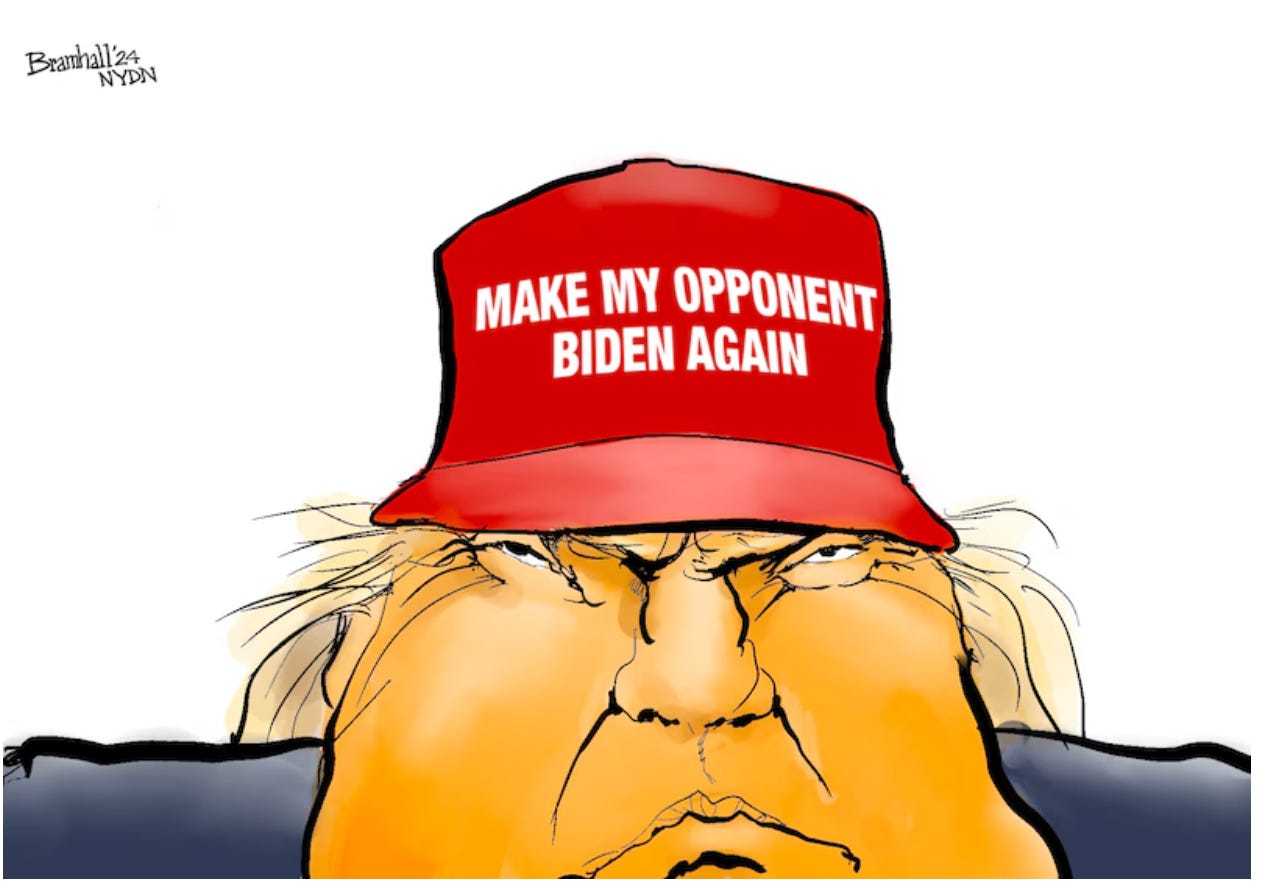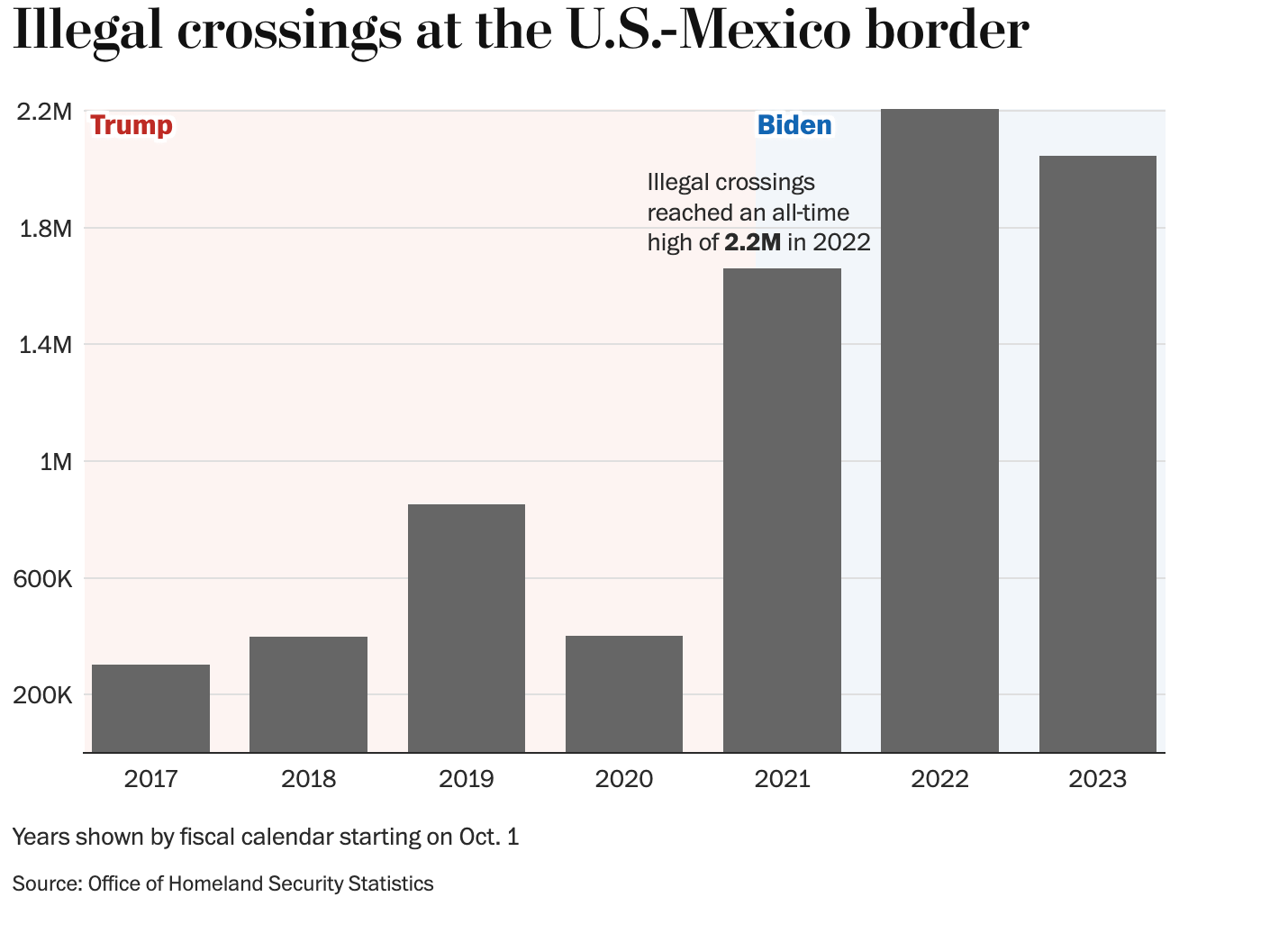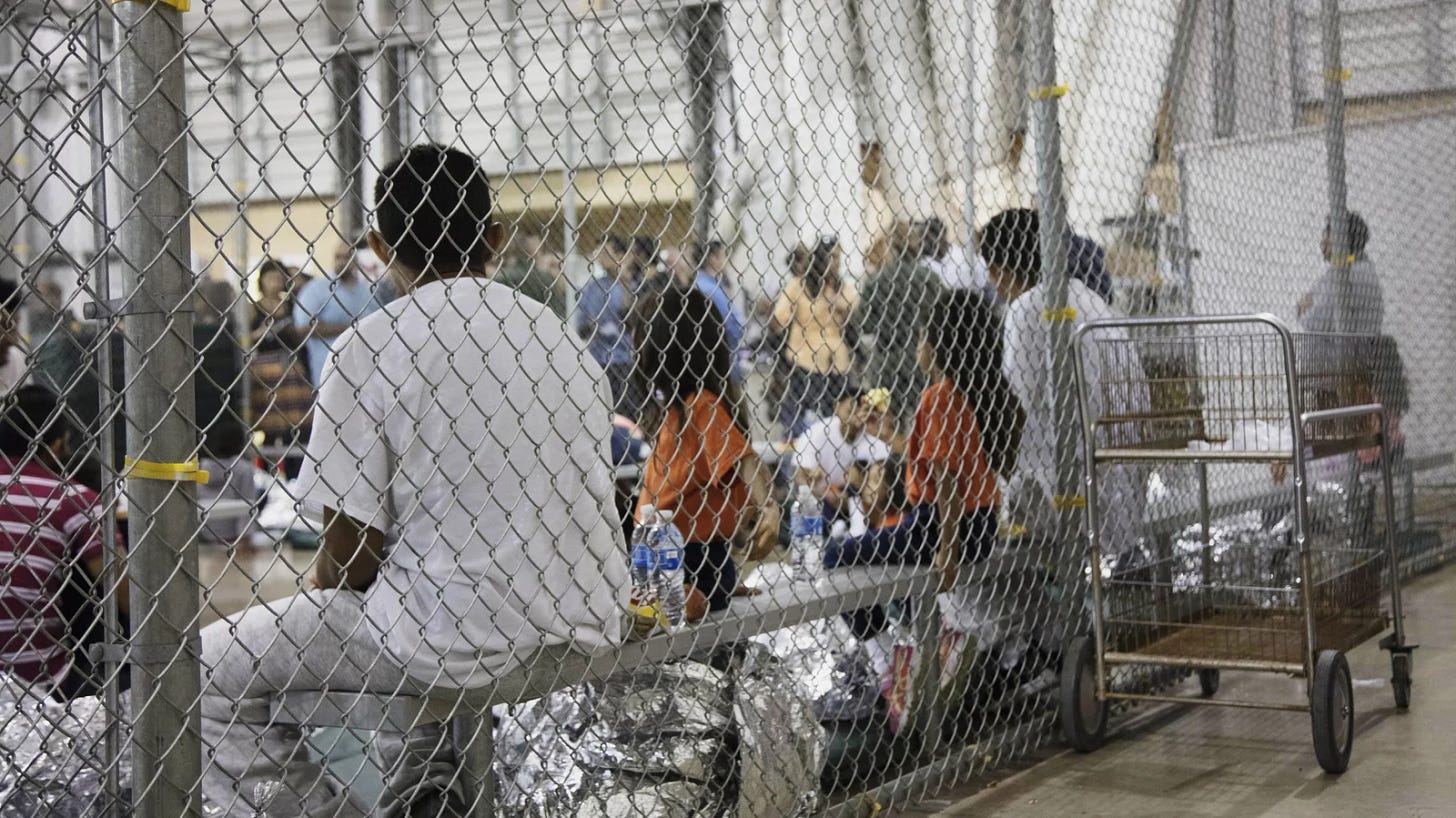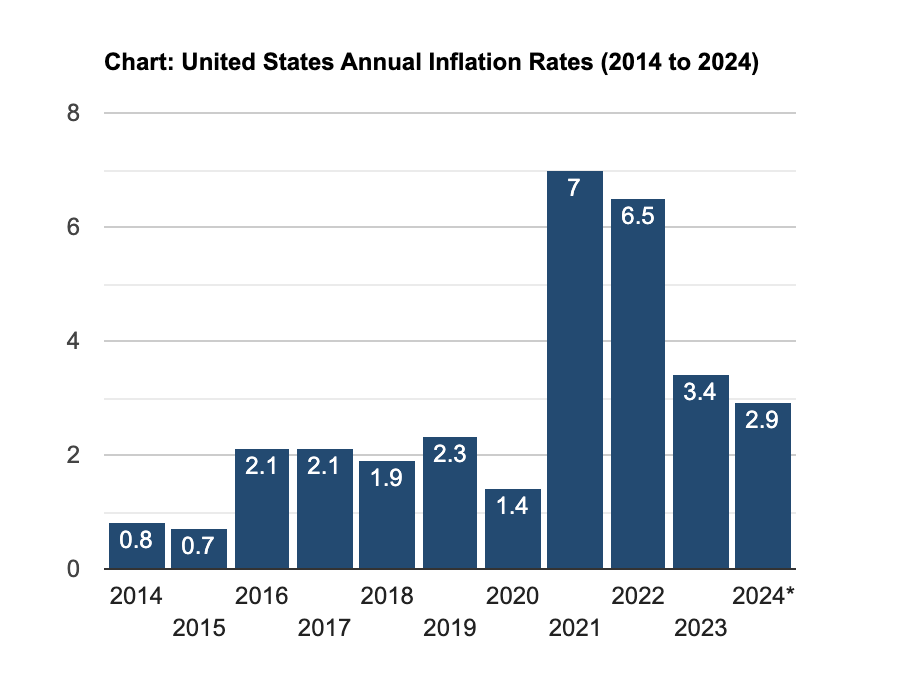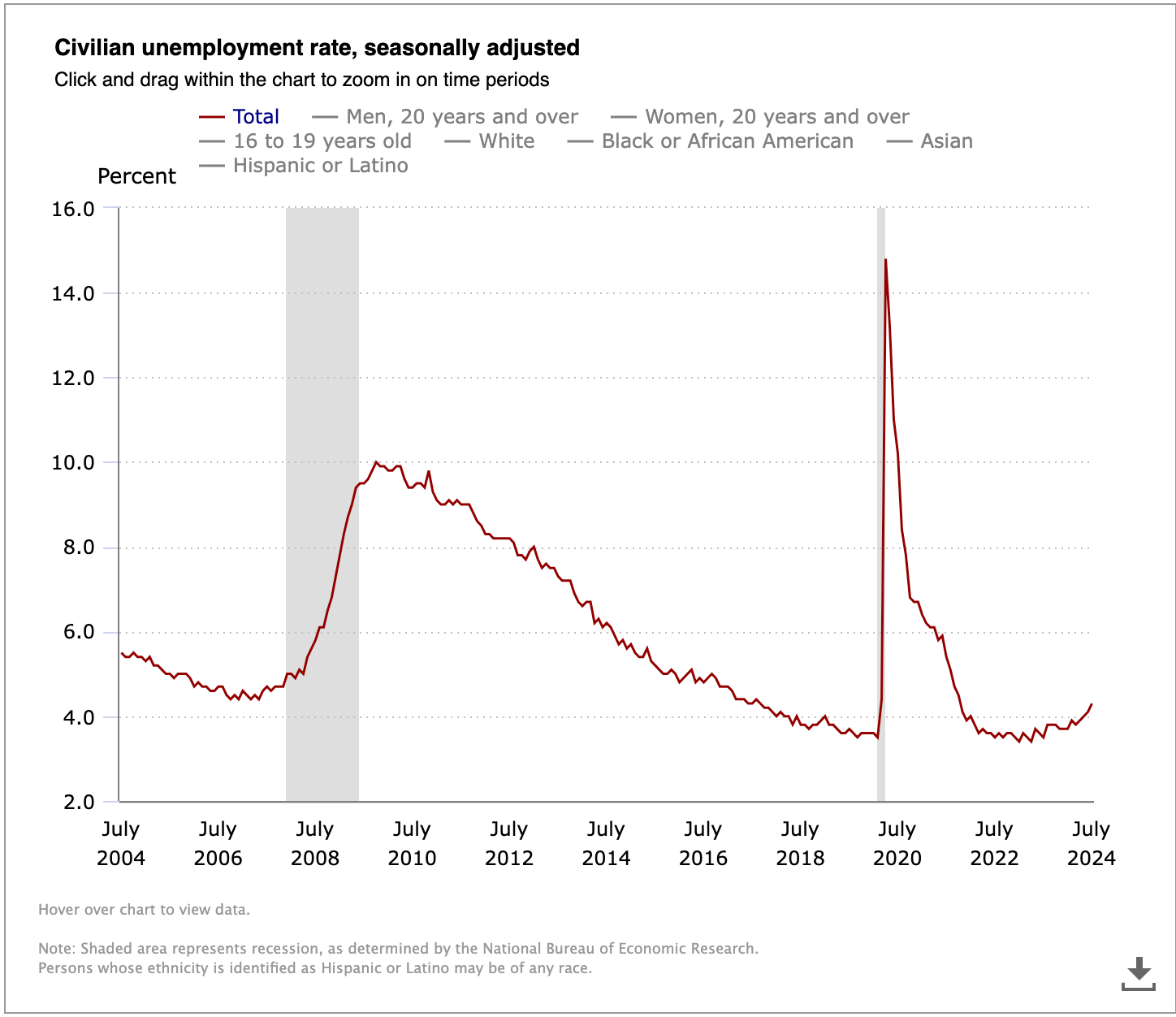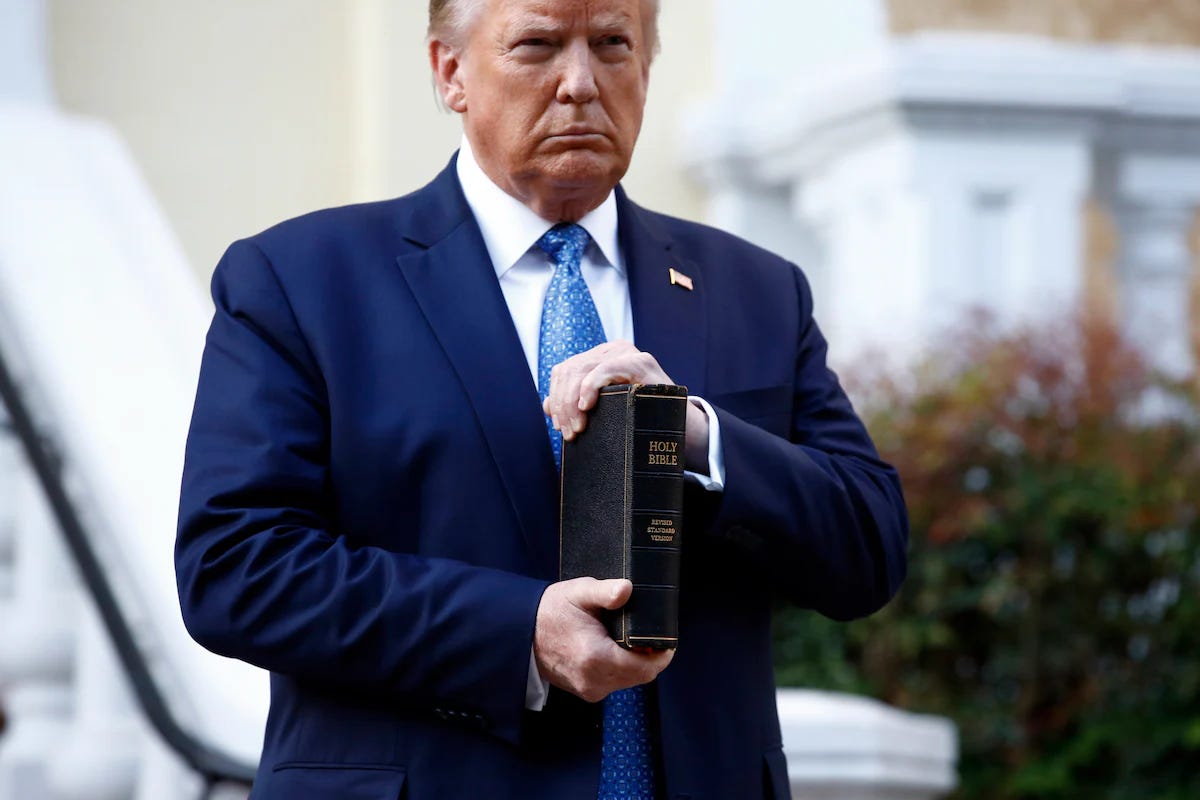Contrasting the Trump and Harris economic planS

Politicians like easy-sounding solutions to complex problems, particularly on the economic front. Their fixes often are aimed at pleasing voters who know little or nothing of economics. At times, their efforts smack of pandering and might even be harmless.
But, at other times, they can be quite dangerous — as seems likely with the plans of Donald J. Trump. Just mull over what 16 Nobel laureate economists have to say:
“The outcome of this election will have economic repercussions for years, and possibly decades, to come,” warns a letter signed by Columbia Prof. Joseph Stiglitz, former chief economist at the World Bank; Harvard Prof. Claudia Goldin, former director of the Development of the American Economy program at the prestigious National Bureau of Economic Research, and 14 other Nobelists. “We believe that a second Trump term would have a negative impact on the U.S.’s economic standing in the world and a destabilizing effect on the U.S.’s domestic economy.”
They caution that Trump’s plans, including his goal to impose tariffs of 10 percent to 20 percent on foreign goods and 60 percent on Chinese-made products, will do exactly the opposite of what he’s been promising as he has attacked the Biden-Harris administration for inflation. Just as inflation rates are coming down, those duties would kickstart a price-spiral anew.
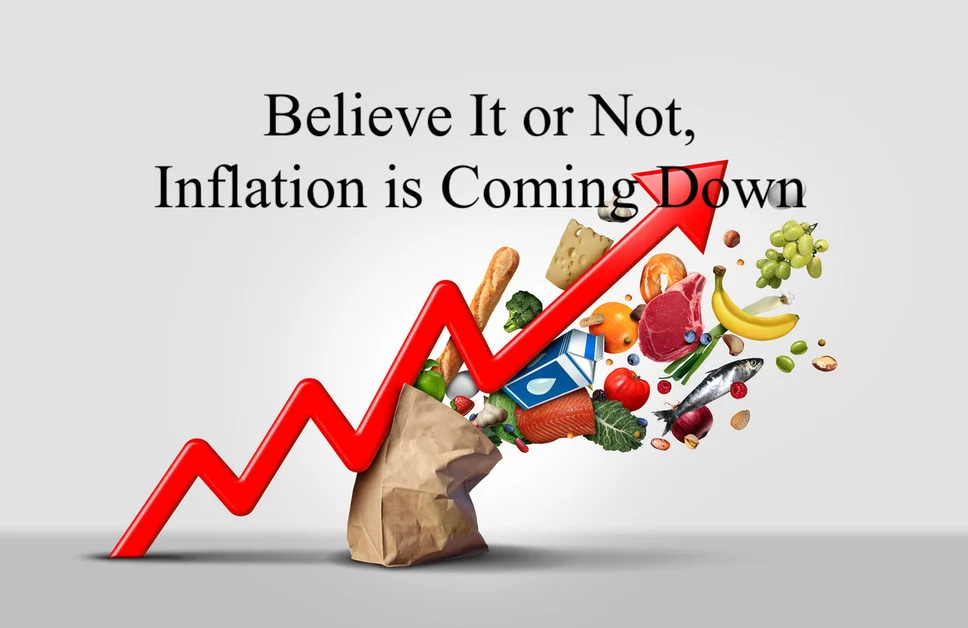
“Many Americans are concerned about inflation, which has come down remarkably fast,” the economists argue. “There is rightly a worry that Donald Trump will reignite this inflation, with his fiscally irresponsible budgets. Nonpartisan researchers, including at Evercore, Allianz, Oxford Economics, and the Peterson Institute, predict that if Donald Trump successfully enacts his agenda, it will increase inflation.”
And listen to some of those folks, who’ve crunched the numbers on Trump’s plans:
“The Peterson Institute for International Economics think-tank in Washington calculates that 20 per cent across-the-board tariffs combined with a 60 per cent tariff on China would trigger a rise of up to $2,600 a year in what the average household spends on goods,” reports the Financial Times. “They say that the tariffs would disproportionately hit the low-income households that Trump claims his economic policies help protect.”
And the Peterson Institute is hardly alone. The Tax Policy Center, concurs, albeit with slightly different figures because Trump has floated both 20 percent and 10 percent global tariffs.
“A worldwide 10 percent tariff and a 60 percent tariff on Chinese goods proposed by Republican presidential candidate Donald Trump would lower average after-tax incomes of US households in 2025 by about $1,800, or 1.8 percent,” writes center senior fellow Howard Gleckman, a former BusinessWeek colleague. “They’d reduce imports into the US by about $5.5 trillion, or 15 percent, from 2025–2034.”
The consensus among the experts is that Trump’s plan would hit consumers hard. The effect would show up not only in finished goods made overseas, but in anything manufactured in the U.S. with foreign-made components, as the higher costs would filter through the system. Thus, there would be no escaping the higher prices.
Beyond just ratcheting up inflation, Trump’s plans could drive down gross domestic product and employment.
“Candidate Trump has proposed significant tariff hikes as part of his presidential campaign; we estimate that if imposed, his proposed tariff increases would hike taxes by another $524 billion annually and shrink GDP by at least 0.8 percent, the capital stock by 0.7 percent, and employment by 684,000 full-time equivalent jobs,” says another nonpartisan group, the Tax Foundation.
The kick in the teeth that Trump could deliver to the nation may also come at a tough time, as the economy slows under the Federal Reserve’s so-called “soft-landing” approach. The Fed, the independent group that has the job of reining in inflation, recently lowered interest rates by a substantial half-point in the federal funds rate. That’s because its leaders believe that inflation is moving toward a sustainable 2 percent annual rate, the Fed’s target, without driving unemployment up to unacceptable levels.
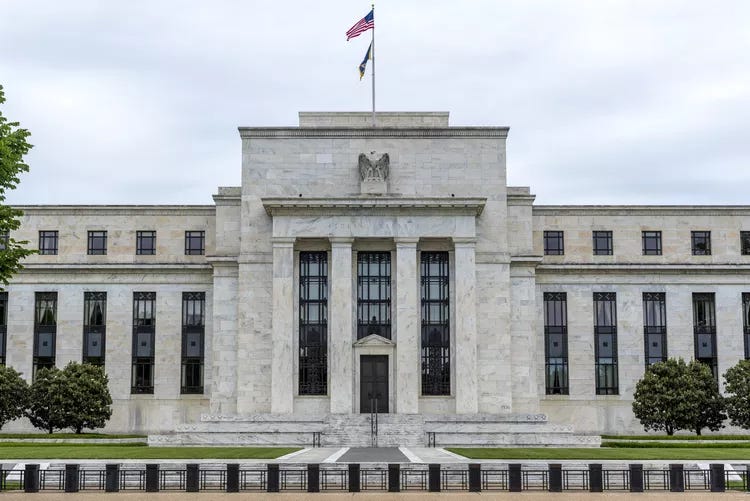
As the Fed tries to balance employment and inflation, it is no doubt mindful that the national jobless rate recently rose to 4.2 percent after dipping as low as 3.4 percent, a 54-year-low, earlier in the year. The Fed is following classic economic theory: when the jobless rate is too low, higher wages kick up inflation; when unemployment is too high, of course, that’s a red light for the economy.
In time, the lower interest rates that the Fed has engineered should deliver an upward jolt to the economy. That will set the stage for the next president – whoever that is – to bask in the glow of sustainably low unemployment with reasonable inflation. But that president’s policies, if they are inflationary, could tip the balance.
As the experts see it, the outlook under a Trump presidency is hardly cheerful, particularly if his tariffs trigger an all-out global trade war. “The last time we were in a trade war under Trump, the global manufacturing cycle went into a recession,” Julia Coronado, a former Fed economist who now runs the MacroPolicy Perspectives consultancy, told the Financial Times.
Recall that, during Trump’s term, the economy slipped into recession from February to April 2020, a few months before his tour in the White House ended. Covid drove that downturn, which was marked by a jobless rate of 14.8 percent in April of 2020. When Trump left office, the jobless rate had fallen to 6.4 percent and it fell substantially after that, in part thanks to the infrastructure-spending policies of President Joe Biden.

Contrast Trump’s plan with Harris’s blueprint for stimulating housing construction, particularly for the middle class. She wants to boost housing supply by expanding the Low-Income Housing Tax Credit, providing incentives for state and local investment in housing and creating a $40 billion tax credit to make affordable projects feasible for builders. Mark Zandi, chief economist at Moody’s, and Jim Parrott, a housing adviser under the Obama administration, estimate that America has a shortfall of three million homes right now, and Harris aims to close that gap. The two are advising her campaign on these plans.
Ben Harris of the Brookings Institution, a former chief economist of the U.S. Treasury, concurs that the plan is sound. “Critics assail the high cost of subsidies to developers, but they are the best tool the federal government has to incentivize homebuilding,” he writes. “We desperately need more affordable homes in America – millions of them – and the only practical way to boost supply quickly and meaningfully is to offer financial incentives to local governments to expand zoning for affordable housing and to developers to build it. The vice president proposes to do both.”
To be sure, Harris’s plan to provide $25,000 to first-time homebuyers is drawing less praise.
Calling that “a really bad idea,” Michael Strain, an economist at the American Enterprise Institute, says: “The ultimate beneficiary of that credit is not going to be first-time home buyers. It’s going to be people selling homes.” Economics writer Peter Coy of The New York Times echoes that, saying the plan would do nothing to boost housing stock, but only demand. “Sellers surely would take advantage of the increased demand by raising their prices,” Coy writes. “So a big portion of the taxpayer money that was intended for home buyers would wind up in the pockets of sellers.”
But it’s far from clear how the construction stimulation efforts and the aid to homebuyers would offset one another. A rush of homebuilding in theory should lead to lower prices, and the numbers of people likely to be involved in her $25,000 support effort seem relatively small.
Moody’s estimates that Harris’s down-payment plan would help some 11.7 million more first-time homebuyers, including 2.75 million first-time Black and Latino homeowners. This is just 3.2 million more first-time homebuyers and 1 million more Black and Latino first-time homebuyers than would take place without her plan.
For her part, Harris is doing some pandering by proposing to attack alleged price-gouging, particularly in grocery costs. Quoting a campaign statement, The Washington Post reported that Harris wants to implement “the first-ever federal ban on price gouging on food and groceries — setting clear rules of the road to make clear that big corporations can’t unfairly exploit consumers to run up excessive corporate profits on food and groceries.”
The details were not clear, the Post reported. But it said Harris would aim to enact the ban within her first 100 days, in part by directing the Federal Trade Commission to impose harsh penalties on firms that break new limits on so-called gouging. The statement did not define gouging or excessive profits.
As Alexander Henke, an economics professor at Howard University, told the school newspaper, Harris’s “vague” plan appears to be more like a political economy move than an economic one, tapping into popular sentiment against price gouging by delivering poll-tested messaging. And Harris should know better — she studied economics at Howard and her father, Donald, is a retired Stanford University economics professor.
What’s more, this horse long ago left the barn. Most of the inflation is now behind us, suggesting that the economy is resolving the inflation on its own and there would be few prosecutions.
Just look at the numbers. Prices for food overall rose 9.9 percent in 2022, faster than in any year since 1979, according to the U.S. Department of Agriculture. The hike was especially sharp in so-called food-at-home prices, up 11.4 percent. But the rises have slowed since then, climbing last year by 5.8 percent overall and by 5 percent for food-at-home. This year, the department expects prices for all food to increase 2.3 percent, with food-at-home prices rising just 1.2 percent.
What drove up prices in prior years? Were greedy corporations taking advantage of consumers? Were nefarious or misguided Biden-Harris policies driving up the price of eggs (something VP nominee JD Vance embarrassingly got wrong in a Pennsylvania grocery store photo-op)?
Not according to experts at the Federal Reserve Bank of New York. They point to post-Covid volatility in global commodity prices and a sharp rise in wages for grocery-store workers (likely related to a shortage of such workers). When such “input” costs rise, everyone in the production and retail chain tries to sustain their profit margins. As it happened, foodmakers showed no margin gain in recent years, while retailers showed only a modest uptick in already-thin margins.
Other key elements of the plans of both candidates suggest far different approaches — Trump would take a largely top-down tack while Harris, as she puts it, aims to build the economy from the middle class out. She hit hard on this theme in a Sept. 25 address on the economy and her idea are spelled out on her website.

Harris would boost the corporate tax rate from 21 percent to 28 percent and she has promised not to raise taxes on people making less than $400,000 per year. She wants to restore and expand the earned income tax credit and the child tax credit, including a $6,000 child tax credit for the first year of a newborn’s life. She would also increase the tax deduction for start-up businesses from $5,000 to $50,000, a move she argues would stimulate innovation among all-important small businesses.
By contrast, Trump wants to reduce the corporate tax rate from 21 percent to 15 percent for companies that make their products in the U.S. He already cut the rate from 35 percent during his 2017-2021 presidency. It’s long been known that such moves deplete government revenues. Trump also said he would end taxes on overtime pay and on tips (the tips idea is one Harris also suggests). And Trump also aims to exempt Social Security income from taxes, unmindful apparently of how the Social Security system, even under the current system, will likely be insolvent by 2035 unless policymakers impose a fix.
Trump also wants to extend individual tax cuts he pushed through Congress in 2017, including for the wealthiest Americans. Experts estimate that would reduce revenue over a decade by about $3.3 trillion to $4 trillion.
Harris has also proposed hiking taxes on high-income earners. Americans earning below about $100,000 annually would continue to pay no taxes on long-term capital gains and higher-income families earning up to $1 million would continue paying up to a maximum rate of 20 percent. But those who earn $1 million a year or more would see a rise in the tax rate on their long-term capital gains to 28 percent.
Whether soaking the rich a bit, as Harris proposes, is good or bad economically, it may sell politically. And, if nothing else, it’s likely to do far less harm than Trump’s tariffs would.



